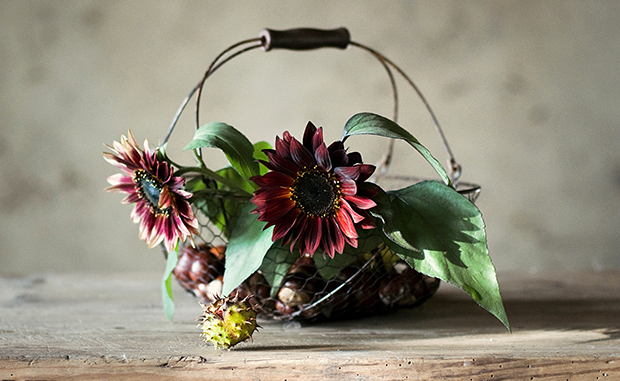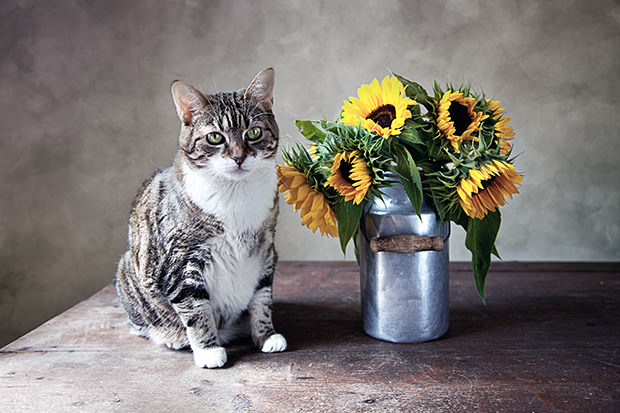
Tips for still-life photography
Bring still-life photography to life with these tips
Still life - the representation of products or other motionless objects - should be attractively designed and well thought out. The prerequisites for a successful shoot are a well-chosen background, the right lighting and the appropriate aperture. In order to ensure that the best still photographs make good wall decorations, take a look at the following 14 tips.
1) Always work with a tripod
A tripod is a basic essential in still photography: it allows you to dim without having to pay attention to an exposure time that still guarantees blur-free photos (~ 1/60 sec.). You can also set up the camera in water and keep the camera in the same position.
2) Use good light
Good photo products are best lit from two sides. You should therefore use a secondary light source, in addition to daylight. A daylight lamp - which can also be bought cheaply at a hardware store - or a reflector, such as a Styrofoam plate, are suitable for this purpose.
3) Play with the lighting
Try playing around with the lighting just once. When the light comes only from the direction of the camera, the objects to be photographed quickly appear one-dimensional and flat. In order to develop structures, it is advisable to take photographs using a sloping backlight. A wreath of light, on the other hand, is created using a head-on back-light, which lends itself in particular to portraits or objects which should be strongly emphasised.
4) Use an external flash
Although it is tempting to use, cameras with built-in flashes have a low scatter and often degrade images more than they improve them. It's therefore best to use an external flash, which you can set up to face the ceiling, for example.
5) Take a series of pictures
Experiment with the flash and take series of pictures in order to find the best lighting. Ultimately, digital images cost no more than the space they take up.
6) Adjust the white balance
If it is possible to adjust the white balance on your camera, do it! This prevents variations in colour by neutralising the lighting conditions.
7) Set the appropriate focal length
The focal length determines the distance between the lens and exposure levels. Therefore, the greater the focal length, the more the subject is enlarged and the angle of view simultaneously narrowed. A focal length of 30 to 40mm can be used to avoid distorted proportions.

8) Adjust the focus manually
For as sharp an image as possible, it is best to carry out the fine tuning using a manually adjusted focus. This allows you full control over the subject of your image.
9) Use the correct lens type
In still photography, you do not need a telephoto lens and you will very rarely need a wide angle lens. Instead, use a standard lens with a variable focal length.
10) Consider the photo's potential uses
Before you grab your camera and move the subject of the photo into the right lighting, think about what you want to do with the image later. If it is to be extracted from the background, you must choose the background accordingly.
11) Select the appropriate background
If the image is not to be extracted from the background, you should definitely pay attention to the appropriate background. Even if you can incorporate this later using Photoshop, a real background still looks the most natural.
12) Experiment with the camera angle
In order to make the still life or product appear as vivid as possible, you should find the best possible angle at which to shoot it. Too head-on often looks dull, while an angle that is too steep can cause details to disappear. It is best to photograph the subject from above at a slightly diagonal angle and experiment a little with this.
13) Pay attention to details
It may sound trite, but clean and flatten the background and your subject before taking your photos. The camera is uncompromising in capturing that which escapes the eye.
14) Break all the rules
This can also do your photo good: simply try not following what textbooks and the concentrated experience of many photography experts advise. Give it a shot!
Have you done everything correctly? Then give your photos lasting impact. Prints on acrylic glass, for example, allow you to achieve a particularly spatial and radiant effect, while on aluminium dibond, your photo will appear direct and clear.
